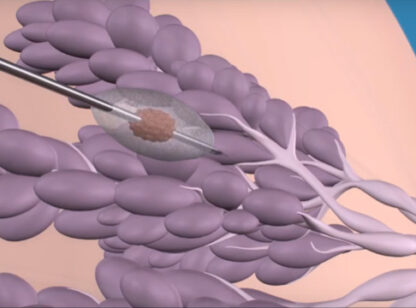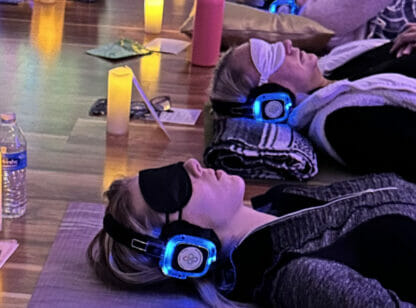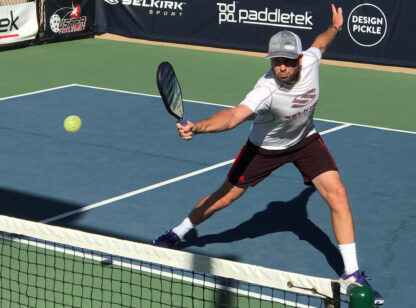When we strive for peak performance or simply want to help combat the aging effects, muscle maintenance is one area of fitness that needs attention. However, there is more to it than just strengthening sessions and increasing weights at the gym. Communication between your brain and your muscles is an important factor to consider, and that is where Muscle Activation Technique (MAT™) comes into play.
As a doctor of podiatry, I have seen many injuries and ailments that are due largely to asymmetry of the hips and lower extremities which could not be successfully treated by traditional medicine. MAT is a fairly new therapy that assesses and helps train your muscles for symmetry and contractile efficiency. Here is how it works: when a muscle is too weak to stabilize a joint, the brain senses this and tells the other muscles around the joint to “tighten up” to keep that joint safe. MAT improves your brain’s connectivity to the muscles and allows the muscles to function better. Just like the current from your car’s battery, if there is a bad connection, the motor will not respond. Similarly, muscles that are not receiving proper communication from the brain become weak or do not function well.
MAT is now being used successfully by trained and certified practitioners to increase strength, improve coordination and flexibility, decrease pain and improve muscle function with age. It differs from other muscle-focused therapies in that it never attempts to directly lengthen or change the muscle by stretching, heating, kneading, or foam rolling. It is not trying to relax the muscle, but instead, attempts to activate the muscle so that your body is better prepared to handle the forces that come from exercise and everyday movements. MAT does not force change on the body, but instead works with it to make improvements, causing changes in motion via improvements in muscle contraction.
After becoming certified as a MAT specialist, I was able to better evaluate my client’s left and right side range of motion along with their ability to develop efficient muscle contractions. If a movement is determined to be asymmetrical (i.e. one limb has a greater range of motion than the opposite limb) as determined by the Comparative Assessment of Mobility, then I know that one or more muscles that moves the less mobile limb is potentially weak. Precise forces are then applied to restore that muscle’s efficiency, re-activating that muscle. As muscles are restored to efficient contraction, MAT uses a system of accountability (checks and balances) to ensure that any increases in motion and symmetry are accompanied by improvements in a muscle’s contractile ability.
MAT specialists analyze the body’s responses and change their treatment decisions based on these responses. Each client is treated as an individual with their own muscular weaknesses and compensation patterns. Therefore, no treatment session is ever the same.
Incorporating this complementary therapy has allowed me to better serve my clients and I am very pleased at the results we are seeing. While many patients see significant improvement in their first session, others will return for multiple sessions to address all the challenges in asymmetry and contractive efficiency throughout the body.
Dr. Stacey Clarke is a Muscle Activation Technique specialist and podiatrist. She combines 26 years of traditional medicine with this complementary modality for integrative care. Dr. Clarke can be reached at (760) 285.7723. For more on MAT, visit www.footdoconfoot.com










































Comments (2)
I have wore my hands out and I now notice my left side of body is slower than the commands to the right side. I actually have to look at the muscle on the left to fire it. Wife says it fires but I feel it’s a mere twitch compared to right side.
Aliments such as trigger finger, planter fascitus and noticeable loss muscle hence strength.
I have seen more of the muscle activation lately it sounds so right.
Claude, there are many reasons for inactive muscles. I have practiced medicine x 26 years and had personal success treating an ailment that I dealt with for 1.5 years. So, I wanted to offer this great service to the public. I have seen great results and successes thus far in treating many different types of problems, similar to yours.
Although your insurance does not cover this service, if you have an HSA account, you can apply it toward this. I am under construction at the office located at 78-115 Calle Estado, Suite 102-103; but I am seeing patients at my home until the office opens.